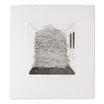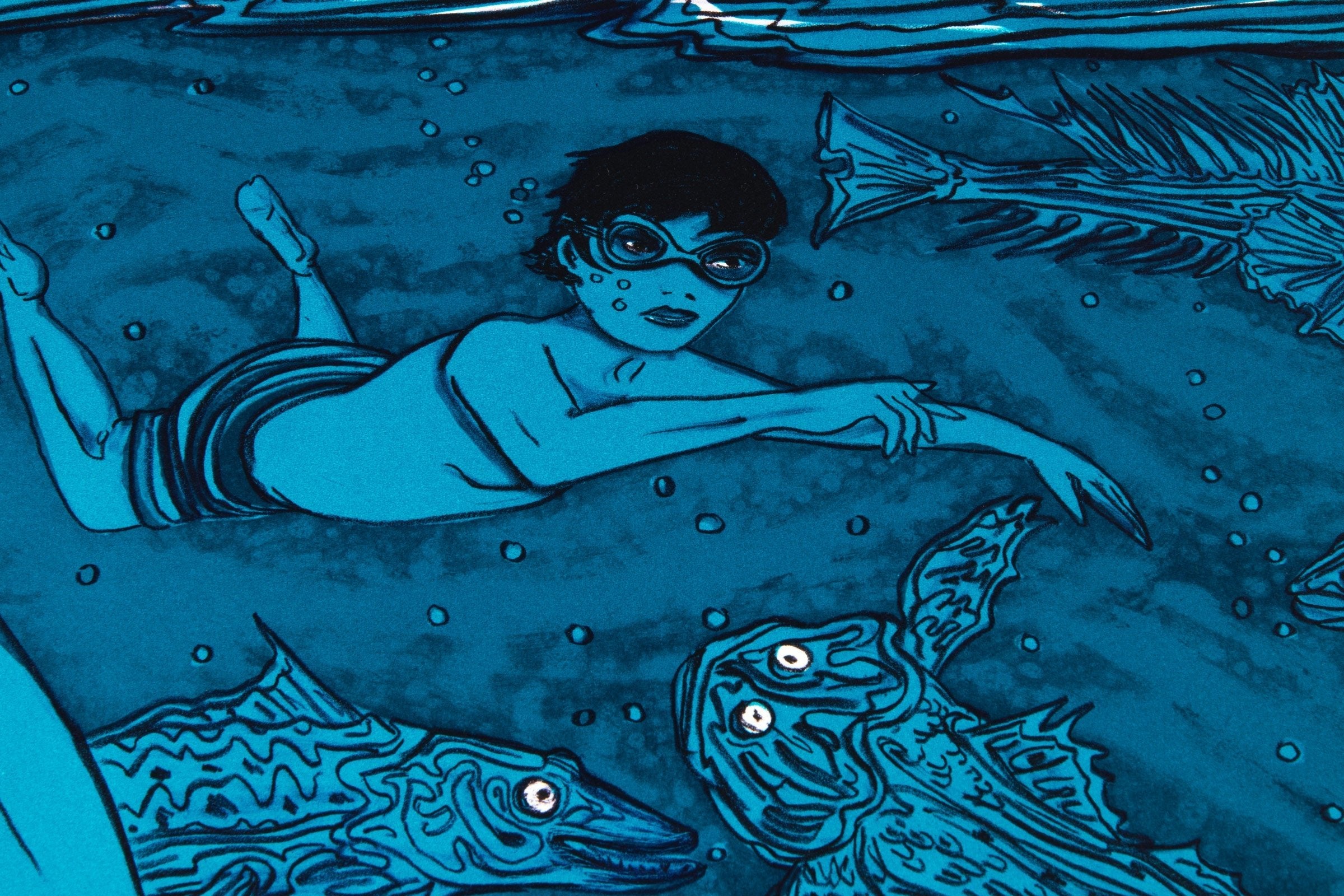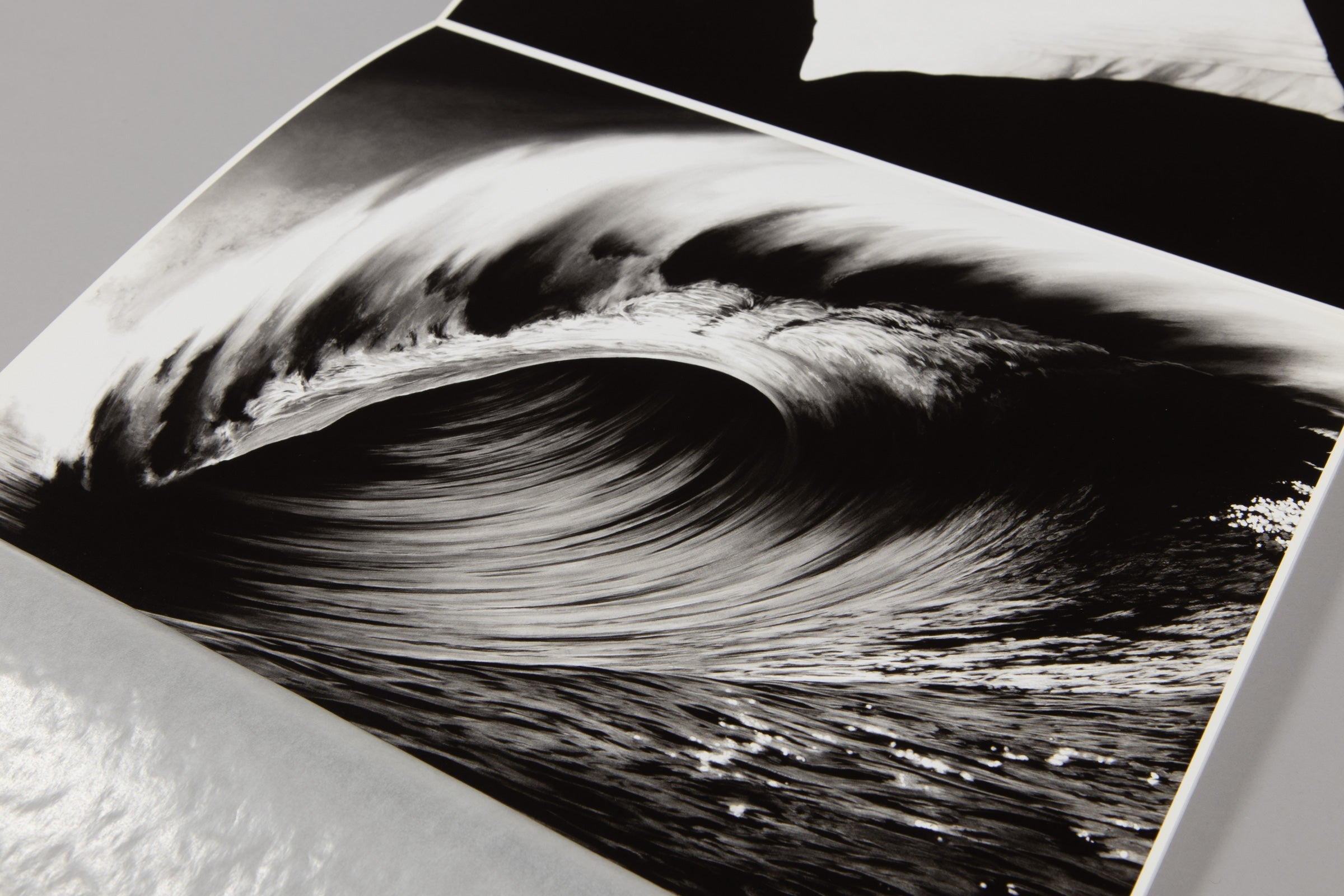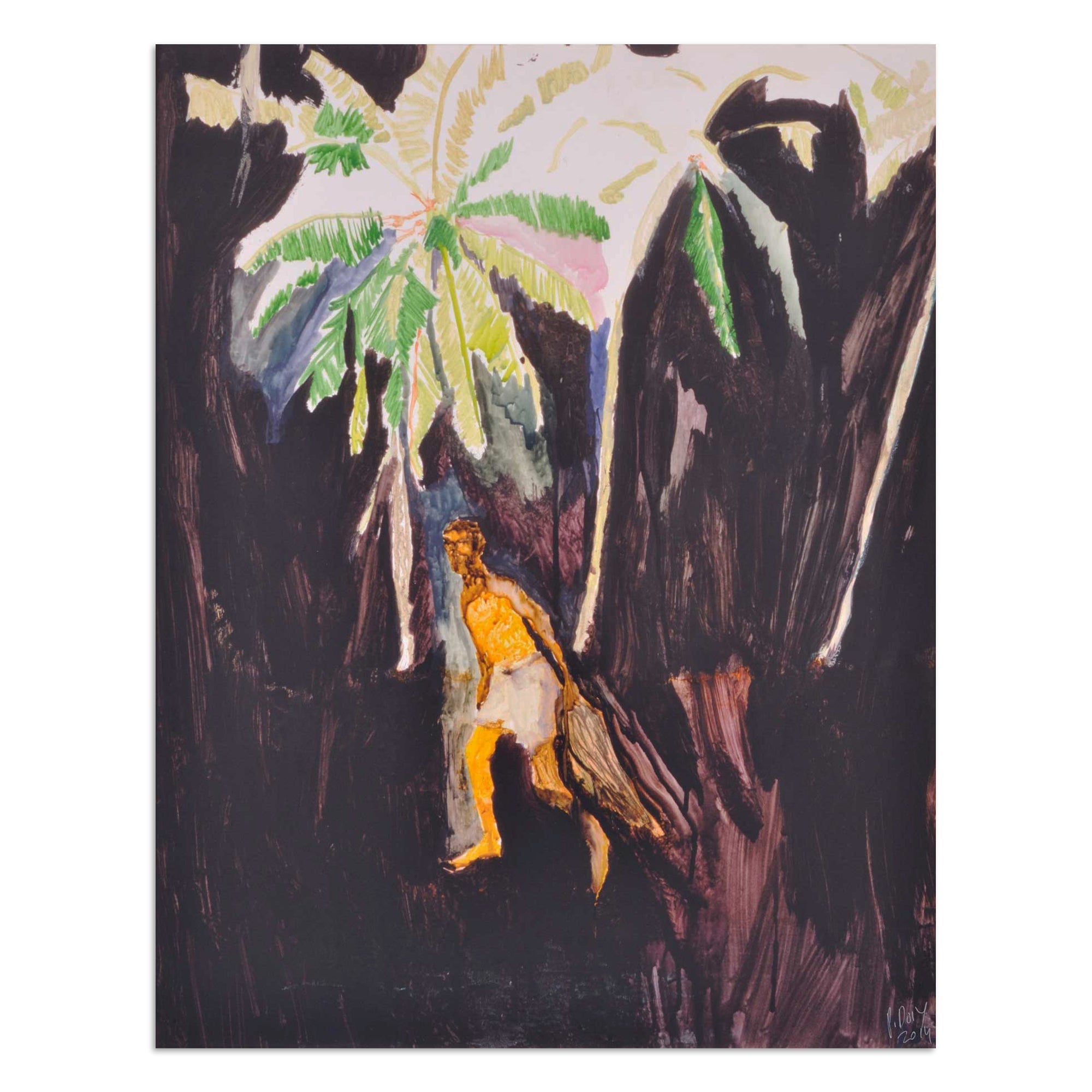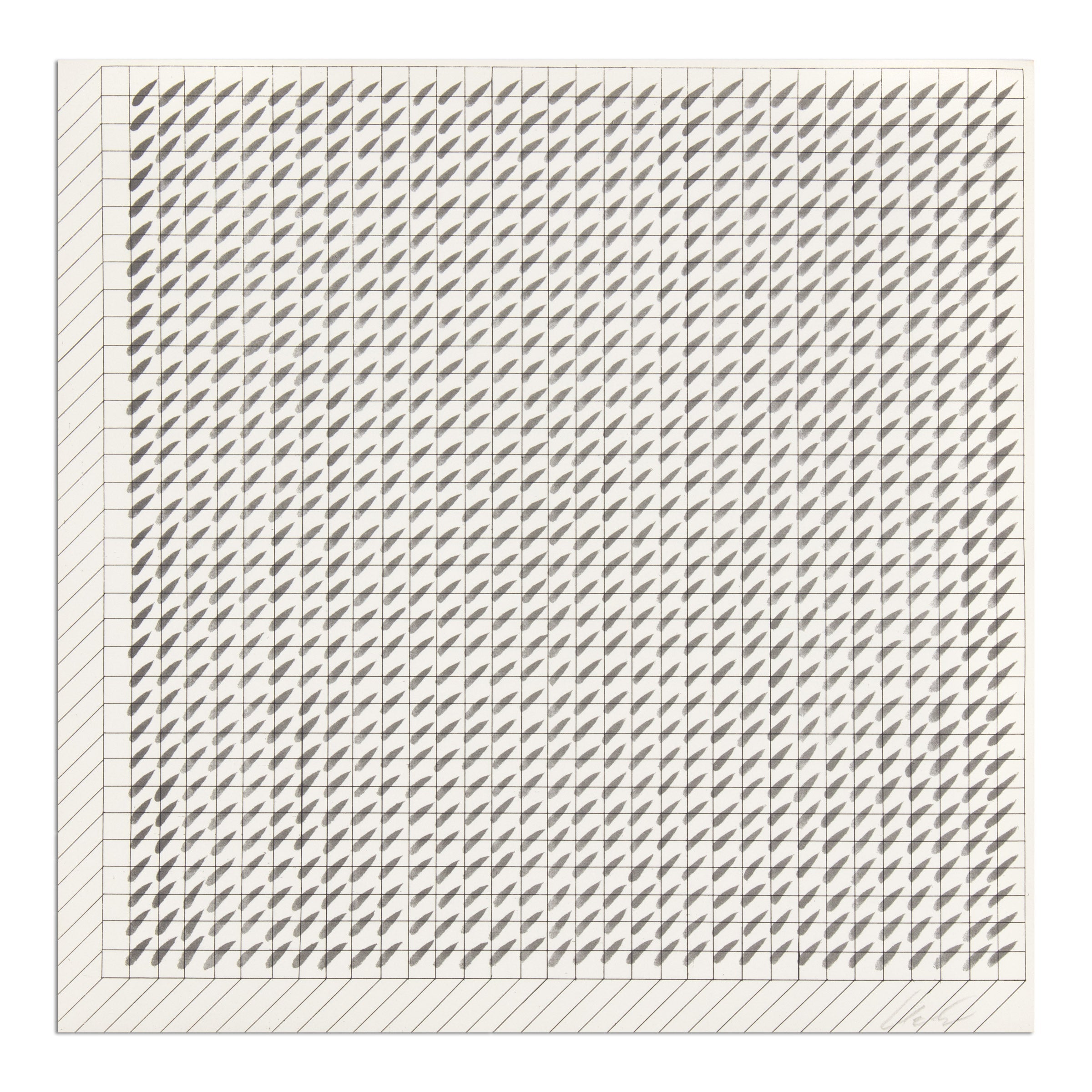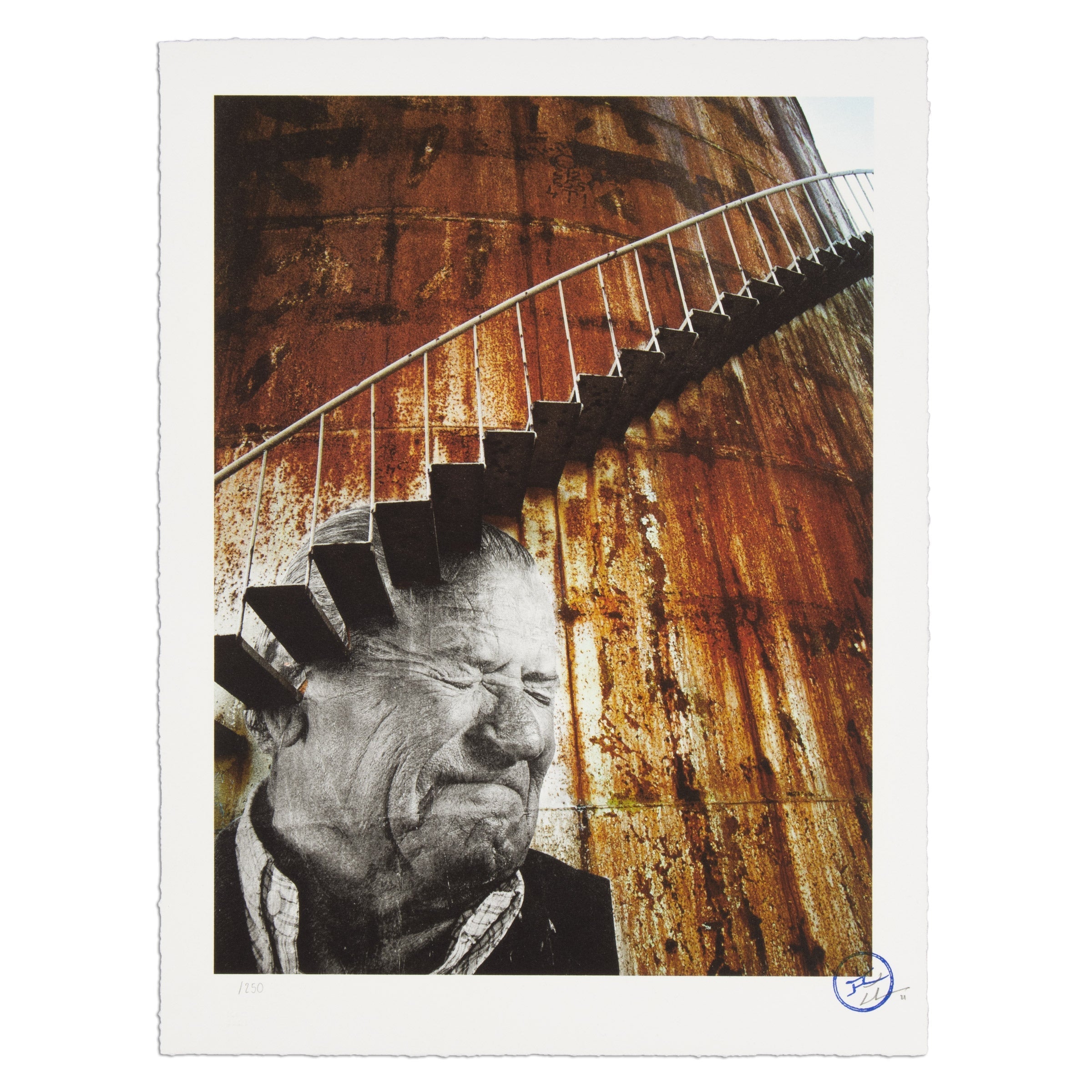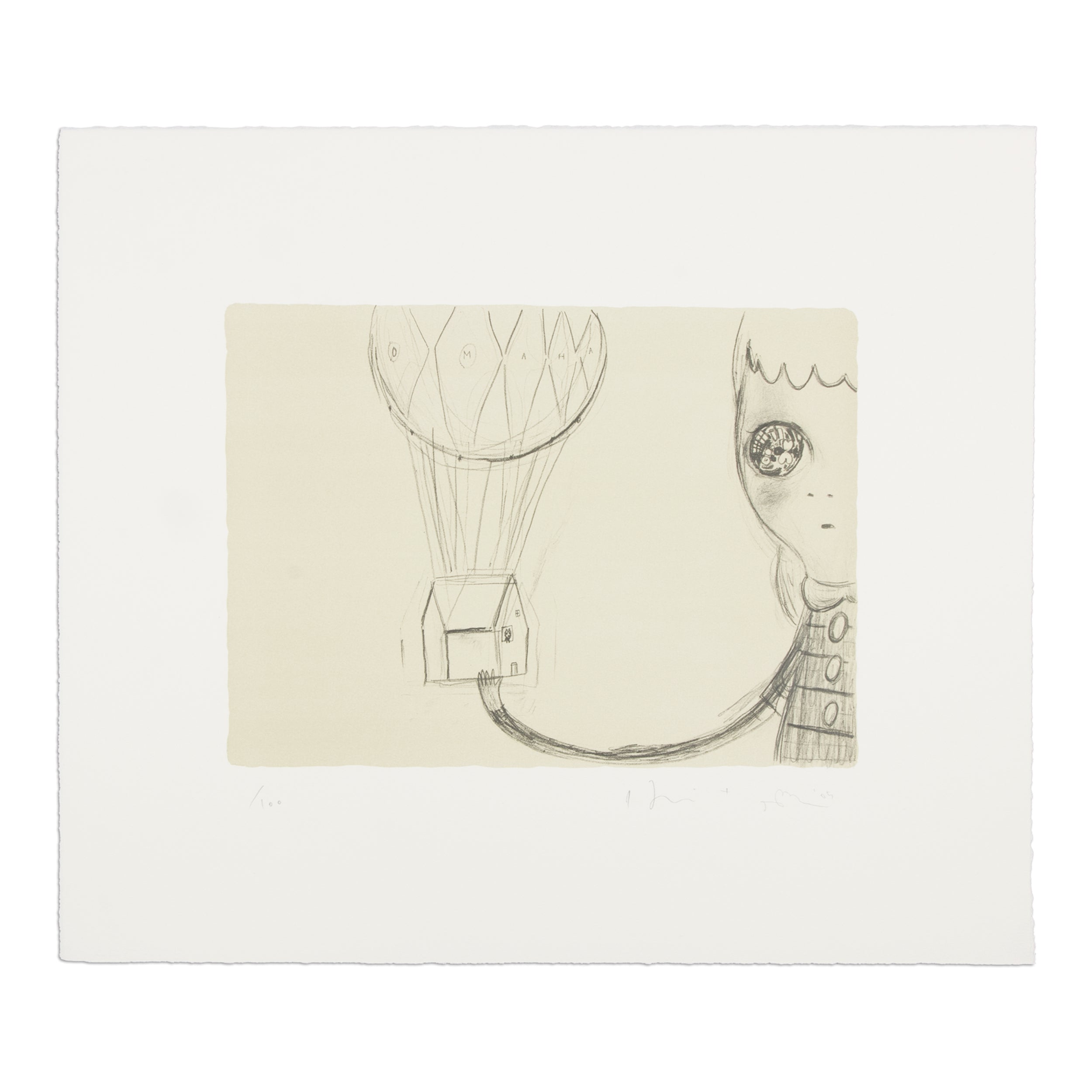Filters
321 products
Ed Ruscha – This Sky
Sale price€13.500,00
Damien Hirst – Spin Spin Sugar
Sale price€5.900,00
Thomas Ruff – Negatives I
Sale price€2.500,00
Shirin Neshat – Unveiling Series #2, 1993
Sale price€2.400,00
Peter Doig – Canoe
Sale price€2.600,00
Günther Förg – Untitled Monotype
Sale price€6.400,00
Georg Baselitz – Puck
Sale price€3.900,00
Ed Ruscha – Mr. Ray
Sale price€13.000,00
Anselm Reyle – Untitled (Suite of 4 Works)
Sale price€11.000,00
Ellsworth Kelly – Die Welt
Sale price€3.200,00
Marcel Dzama – Midnights Moon Light
Sale price€2.400,00
James Rosenquist – Circles of Confusion
Sale price€1.900,00
Robert Longo – Essentials
Sale price€6.800,00
Tracey Emin – I Followed You to the End (Die Welt)
Sale price€2.900,00
Robert Longo – Small Earth
Sale price€5.800,00
Günther Förg – Untitled Monotype (1998)
Sale price€6.400,00
Zhang Xiaogang – Bébé en Costume de Marin
Sale price€5.600,00
Richard Anuszkiewicz – 6 Seritypien
Sale price€7.600,00
Robert Longo – Freud’s Desk and Chair
Sale price€8.900,00
Peter Doig – Fisherman
Sale price€4.400,00
KAWS – The Promise
Sale price€6.500,00
Zhang Xiaogang – Filette en Violette
Sale price€8.400,00
Georg Baselitz – Untitled (from Eine Woche)
Sale price€1.900,00
Sarah Morris – Midtown – Viacom
Sale price€2.900,00
Günther Uecker – Lithograph from Nagelbuch
Sale price€1.900,00
Marcel Dzama – La Revolución va a Ser Femenina (Blue)
Sale price€2.400,00
JR – Los Surcos de la Ciudad
Sale price€1.200,00
Dan Flavin – For a pair of curvilinear walls
Sale price€2.400,00
Wes Lang – Grateful Dead
Sale price€1.900,00
Peter Blake – The London Suite
Sale price€16.000,00
Wolfgang Tillmans – Kepler Venice Tables
Sale price€1.400,00
Daniel Richter – Greif zur Feder
Sale price€1.900,00
Richard Anuszkiewicz – Untitled (Kölner Kunstmarkt 68)
Sale price€1.400,00
Chris Ofili – Untitled (from Stütz-Mappe)
Sale price€1.900,00
Tracey Emin – This is Forever
Sale price€7.800,00
Ai Weiwei – Cats (Silver)
Sale price€2.200,00
C.O. Paeffgen – Scheich
Sale price€800,00
Otis Kwame Kye Quaicoe - View of Yoei William
Sale price€9.000,00
Andy Warhol – Lion
Sale price€2.400,00
Luc Tuymans - Wenn der Frühling kommt
Sale price€4.000,00
Rosemarie Trockel - Für Freunde und Förderer IV and V
Sale price€1.200,00
Mel Ramos - Señorita Rio
Sale price€2.800,00
Richard Prince - Black Bra
Sale price€1.900,00
Günter Fruhtrunk - Zwischen Grün
Sale price€1.500,00
Zhang Xiaogang - Two Sisters
Sale price€3.200,00
Yoshitomo Nara - Miss Spring
Sale price€5.500,00
Yoshitomo Nara - Marching on a Butterbur Leaf
Sale price€1.200,00

01

02

03
01
02
03















